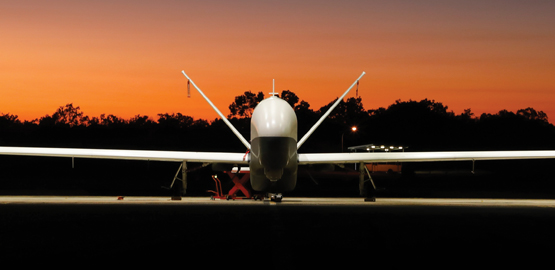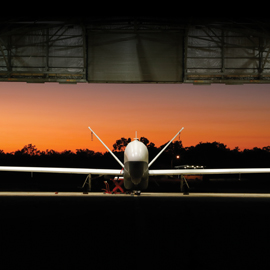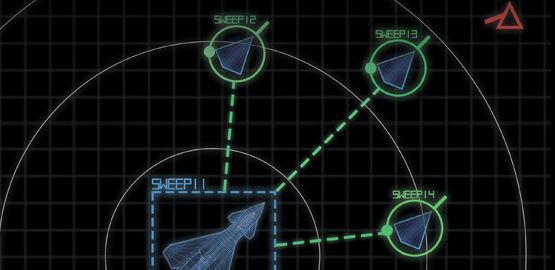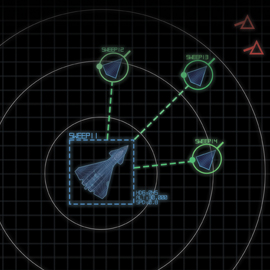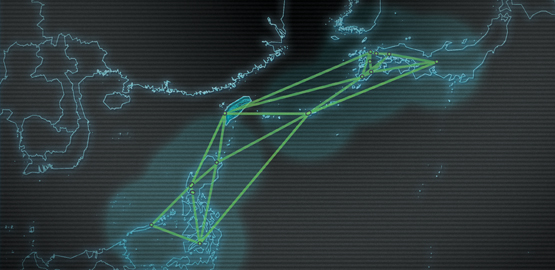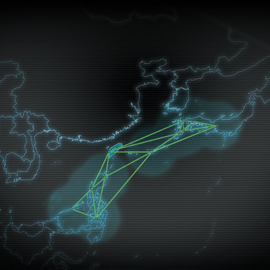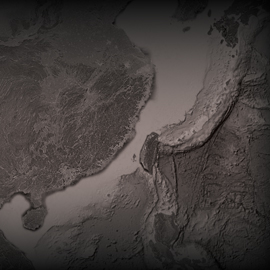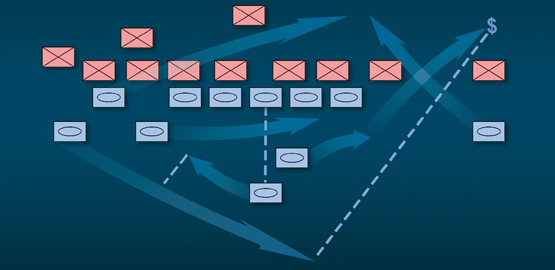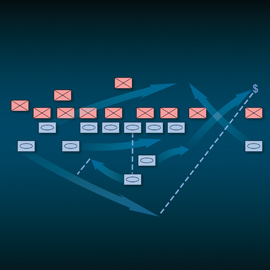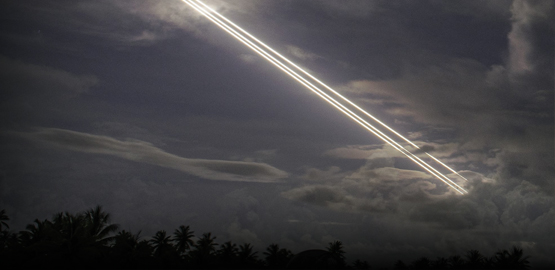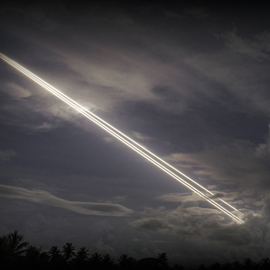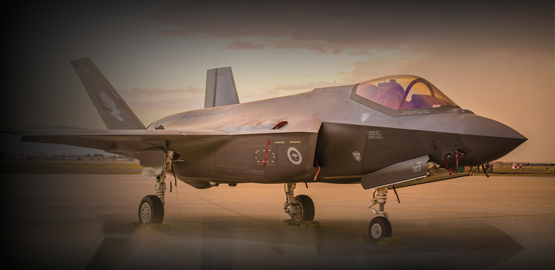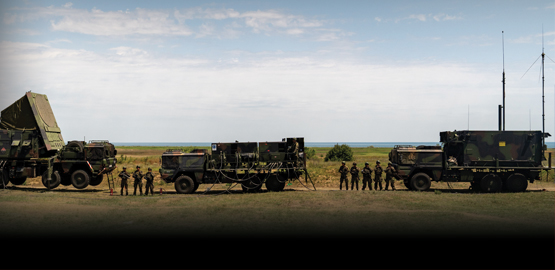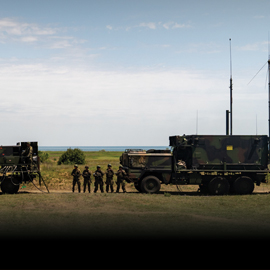Publications
"Nobody does defense policy better than CSBA. Their work on strategic and budgetary topics manages to combine first-rate quality and in-depth research with timeliness and accessibility—which is why so many professionals consider their products indispensable." – Gideon Rose, Editor of Foreign Affairs, 2010-2021
Focused Force: China’s Military Challenge and Australia’s Response
China’s ambitions, assertiveness, and massive military expansion have stimulated a major shift in Australia’s defense policy. From the AUKUS partnership to new allied posture arrangements to the acquisition of long-range strike capabilities, Australia is carrying out a series of ambitious initiatives to strengthen deterrence. Canberra has further called on the Australian Defence Force (ADF) to become a “focused force” designed to deal with the highest-order dangers. As Australia undergoes this strategic reorientation, it confronts weighty investment and divestment decisions that could have lasting consequences for force structure and posture.
More of the Same? The Future of the Russian Military And Its Ability to Change
Assessing the type of threat that Russia is likely to pose in the aftermath of the war in Ukraine is a critical challenge for the United States and its allies. What will the Russian military look like in the future? Some argue that the Russian military will remain a significant threat – and perhaps become a very different and even more serious one. This argument holds that the Russian military will reconstitute in a relatively short time frame and may reform according to lessons learned during the war in Ukraine. Others argue that the Russian military will pose a far less formidable conventional threat going forward. Not only has the war against Ukraine exposed fundamental weaknesses in the Russian military, the argument goes, but Moscow’s ability to address those weaknesses will be limited by available manpower, sanctions, and export controls.
Speeding Toward Instability? Hypersonic Weapons and the Risks of Nuclear Use
Today, states are pursuing an array of supposedly "disruptive" or "game-changing" technologies that could alter how they organize, train, equip, and employ their forces, including their nuclear forces. The 2022 National Defense Strategy emphasized the link between some of these technologies and the risk of nuclear use, noting that "a wide range of new or fast-evolving technologies and applications are complicating escalation dynamics and creating new challenges for strategic stability."
Air Power Metamorphosis: Rethinking Air Force Combat Force Modernization
For the past three decades, Chinese leadership has closely studied the United States’ power projection capabilities and concept of operations. Consequently, the People’s Liberation Army (PLA) has tailored its anti-access/area denial approach and air defenses to prevent the United States from leveraging its current strengths. A short- or medium-range concept of air power is unlikely to be successful for power projection or deterrence in the Western Pacific, and a change in direction for the U.S. Air Force is likely necessary.
Which Way the Dragon? Sharpening Allied Perceptions of China’s Strategic Trajectory
Given the rapid pace of change throughout Asia in recent decades, assessing China’s longer-term trajectory – and that of the Indo-Pacific region as a whole – represents a huge challenge for defense and security planners. Attempts to predict China’s strategic posture 15 to 30 years from now are hampered by a far more volatile security environment than that which governed the Cold War era.
Mosaic Warfare: Exploiting Artificial Intelligence and Autonomous Systems to Implement Decision-Centric Operations
The United States is increasingly engaged in a long-term competition with the People’s Republic of China (PRC) and the Russian Federation–a competition in which U.S. defense leaders and experts argue the U.S. military is falling behind technologically and operationally. U.S. forces, however, may be unable to gain and maintain superiority over their great power competitors by simply using improved versions of today’s forces to conduct modest variations on existing tactics.






